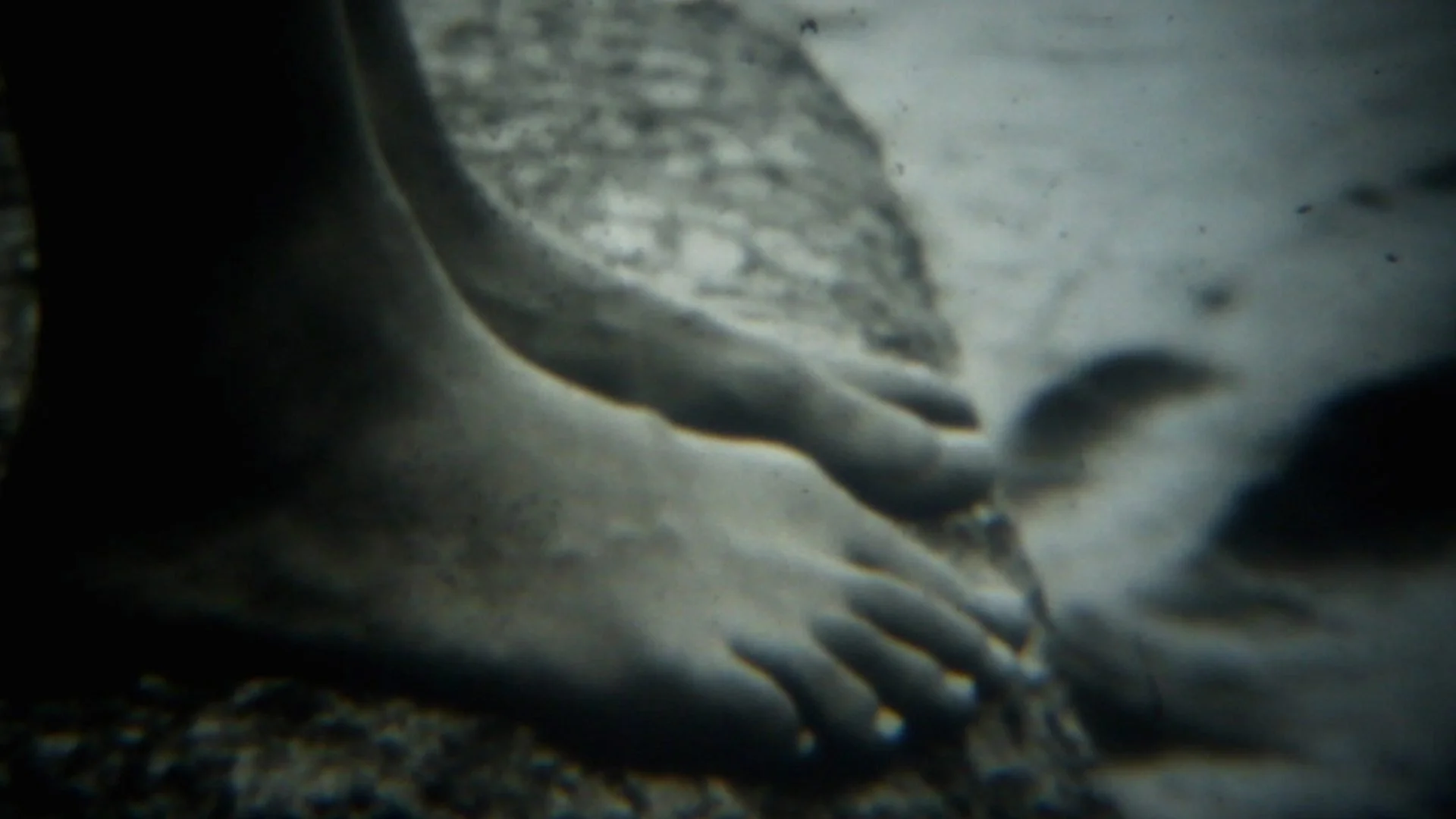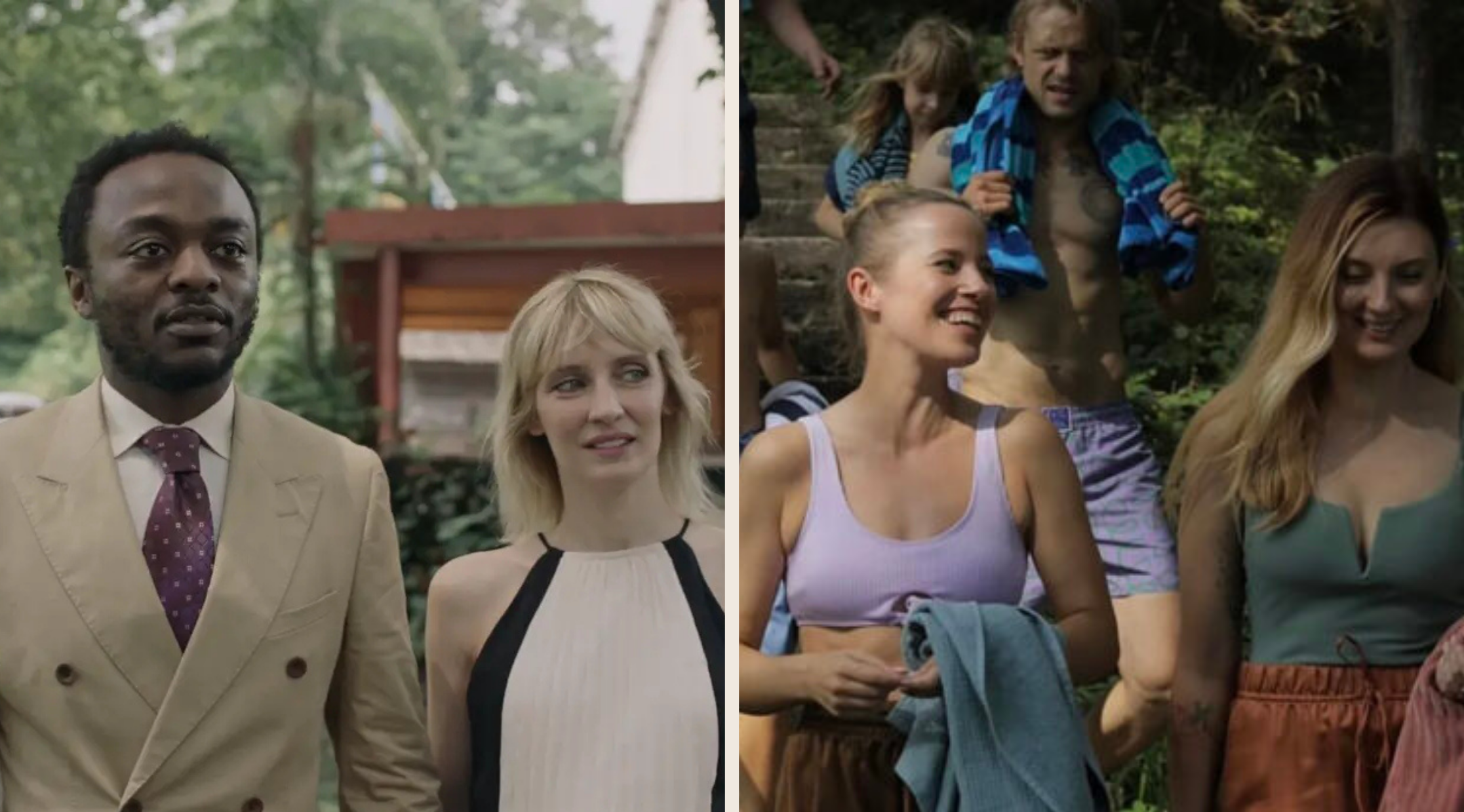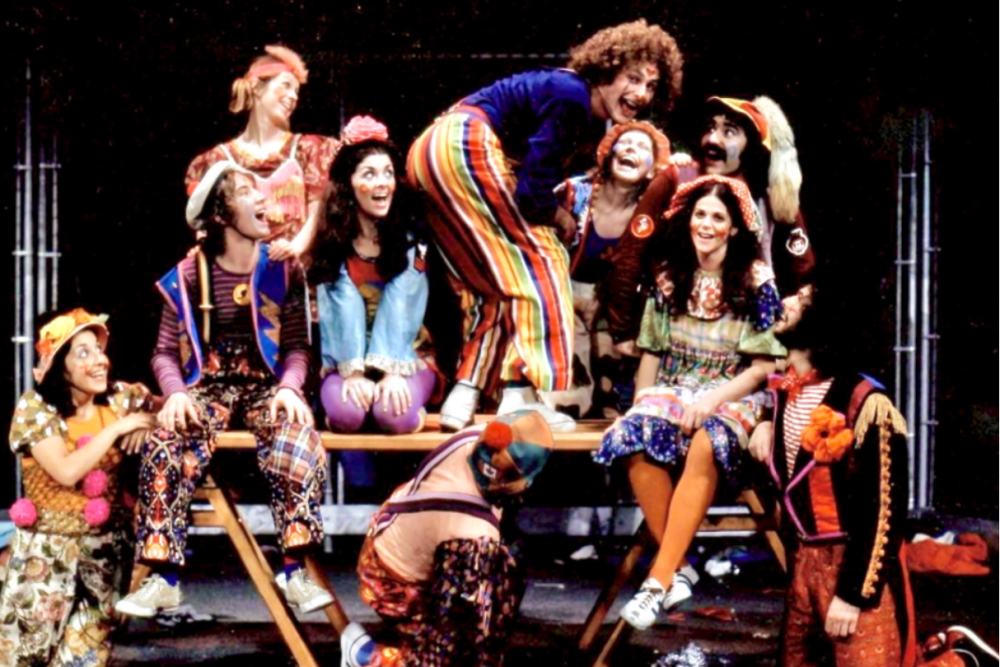Vancouver filmmaker gets to know her late brother through the making of back home, premiering at VIFF
The documentary’s writer-director Nisha Platzer was 11 years old when her older brother took his own life
back home.
back home runs on September 30 at 6 pm at VIFF Centre, October 2 at 3:45 pm at the Cinematheque, and October 8 at 1 pm as part of the Vancouver International Film Festival.
NISHA PLATZER WAS 11 years old in 1999 when her 15-year-old brother, Josh, died by suicide. While her parents eventually harnessed their grief to focus on suicide prevention, the Vancouver native turned to photography, finding solace in the quiet of her high-school darkroom and comfort in the meditative steps of processing. Now, Platzer is releasing her first feature-length documentary, back home, a contemplative film through which she gets to know him.
Nisha Platzer.
Having its world premiere at the Vancouver International Film Festival, back home took six years to make. In a phone interview with Stir, Platzer explains that she didn’t initially set out to make a film at all. The journey began after experiencing one of those extraordinary coincidences in life that nearly stops you in your tracks.
First, some background: Back in the mid-1990s, Josh had been spending most of his time at his best friend Sam’s place, a liberal household where all the kids wanted to hang out. Along with Sam’s queer mom, Swan, and his siblings, the group became Josh’s closest community. They baked bread, jumped on the trampoline, and watched movies together. Josh talked to Swan about his experiences with clinical depression. It was there that he took his own life.
Years later, Platzer, who had been living abroad, had returned to Vancouver to seek treatment for a health issue marked by pain in her feet. Not one but two specialists recommended a specific type of yoga that could help. It was taught by only one person in town: Swan.
“I remember turning up on her doorstep,” Platzer says. “I hadn’t seen her in about 10 years or so. She took me in her arms; she is such a deeply loving person. I had been taking the classes for a few months before I think we really got to a place where we were going to have a more intentional conversation.
“I came to the studio, it was just her and I, and we sat on the floor and had tea,” she recalls. “At that point I did have the instinct to record, but I wasn’t thinking of it as a film. I just knew something powerful was happening, something life-changing.”
Wanting to document that moment in some way, Platzer got out her audio recorder. After that initial conversation, she felt she wanted to connect with other people from Josh’s life. She had many one-on-one discussions, then met with Swan, Sam and his siblings, and Sam’s friends at Swan’s house. It was the first time they had all been together in 17 years. Platzer filmed the gathering, but even going into it, she wasn’t thinking a film was in its beginning stages; she just wanted to have a record of the meeting for herself. Then the conversation started flowing.
“I wasn’t expecting that night to be so incredibly inspiring, revelatory, healing, and beautiful,” Platzer says. “Because of how that felt, that’s what made me start thinking about it as a different kind of project
“The whole thing unravelled in a very natural way,” she adds. “I think I was just following a call, following an intuition. I didn’t know if this was going to be a film going to festivals; I wasn’t really thinking about that. I just knew this was about connection with this community and about getting to know Josh.”
Interspersed with interviews, including some with her mom and dad, back home features memories of Josh re-imagined on 16mm and Super8 film. Then there are hand-made visuals. With a keen interest in experimental film, Platzer uses abstract celluloid images to represent the changing chemistry of Josh’s brain as depression took hold.
She altered the 16mm and Super8 footage through hand-processing techniques such as solarization, tinting and toning, and scratching and puncturing the film, creating a blend of textures, colours, and light. Sometimes, she used plants from Cypress Mountain and salt water from the ocean to develop the film. At one point, the effect of Josh’s ashes on the celluloid strip away its emulsion to create a glowing, golden aura. These sections lend the film a dreamy texture, a softness, and act as wave-like transitions throughout, a chance for viewers to reflect.
With Platzer’s grief and healing beginning in the dark room, it seemed like a natural evolution for that process to continue on film; Josh, a prolific writer who always had his nose in a journal, had wanted to study cinema. Throughout the documentary—which the team showcased at the Cannes Docs Marché earlier this year—Platzer shares the transformative power of grieving in community rather than in isolation. And as a result of making back home, Platzer’s connection to Josh has deepened.
“I would have a little jar of his ashes and a candle on the table when I was working in the studio,” Platzer says. “I did feel like I was hanging out with him.
“I feel closer to my brother than I’ve ever felt,” she adds. “I know him now.”














